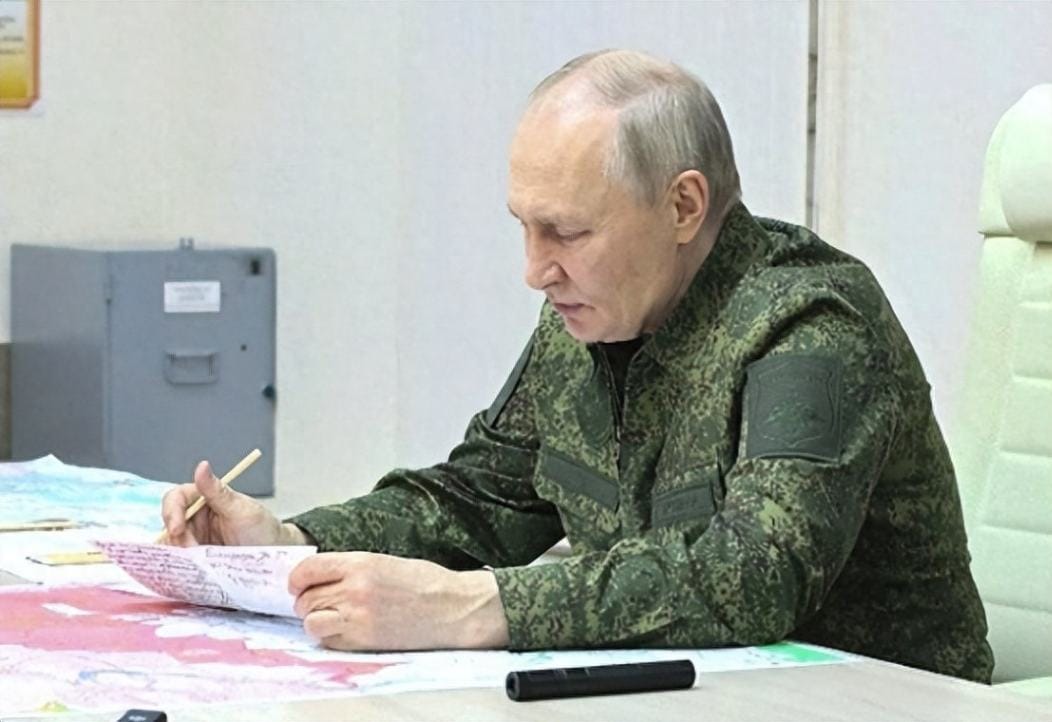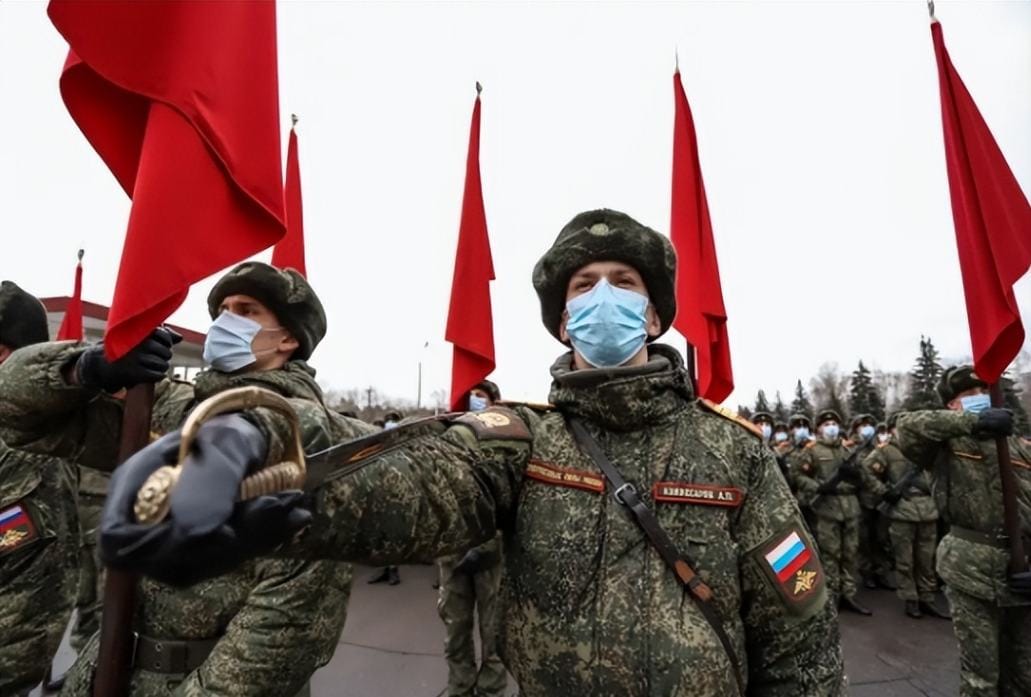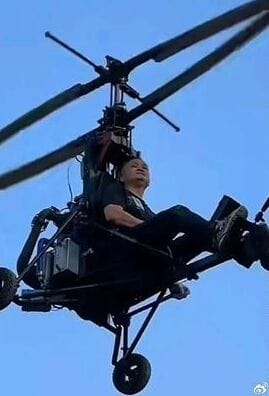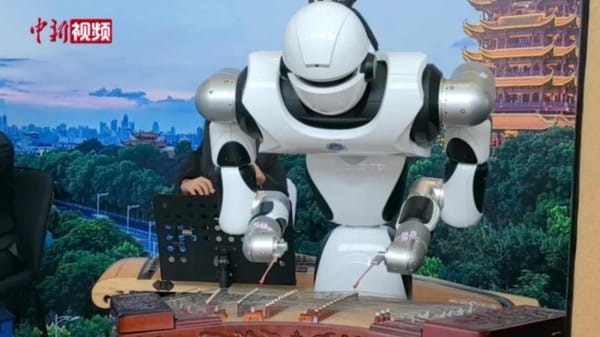Putin Confirms 700,000 Russian Troops in Ukraine Amid Endurance War Strategy ⚔️
Putin confirms a massive 700,000 troop deployment in Ukraine, signaling a shift to an endurance war backed by robust domestic support policies.

Introduction: A New Phase in the Ukraine Conflict
In September 2025, Russian President Vladimir Putin (普京) publicly confirmed that Russia has deployed over 700,000 troops to the front lines in Ukraine. This announcement marks a significant turning point in the ongoing conflict, underscoring a strategic shift from rapid offensives to a war of endurance.
But what does this mean for the battlefield dynamics and for the millions affected by the conflict? This blog post will explore the multifaceted implications of Russia's troop surge and Putin's comprehensive domestic policies designed to sustain this prolonged engagement.

The War of Attrition: From Blitz to Benchmarks
Historically, Russia has often relied on overwhelming manpower and long-term mobilization. The confirmation of 700,000 troops on Ukrainian soil aligns with this approach, embodying a focus on attrition and sustained pressure rather than swift gains. Front lines in strategic regions such as Donbas are being fortified with deep defense lines, anti-tank obstacles, minefields, and improved artillery placements.
Instead of gambling on rapid victories, Putin's strategy seems to bet on outlasting opposition forces — a grueling test of will for both soldiers and civilians. The shift from quick offensives to methodical occupation signals a protracted conflict that will likely strain resources and morale on all sides.
Domestic Backing: The 'Soldier Family' Welfare Plan
Behind the military push lies a meticulously crafted domestic policy to shore up morale and societal support. Putin’s government launched a welfare program offering land grants in the Far East, financial compensation, and priority access to education and healthcare for soldiers' families.
This approach — a modern echo of historic Russian wartime mobilizations — aims to create a sense of collective responsibility. Families of frontline troops receive tangible benefits, signaling that “a soldier fights, I support your family” isn’t just rhetoric but a concrete policy. This has reportedly increased public support for the ongoing military operations, particularly in rural areas and smaller cities.
The Implications: What This Means for Ukraine and the World
Putin’s declaration functions as a stark message not only to Ukraine but also to Western allies: Russia is prepared for a long and arduous conflict. The increased troop numbers reflect an expectation that the war will not end quickly, and defensive lines will be held for an extended period.
This raises crucial questions about the humanitarian impact, the stability of the region, and prospects for peace. As the war of endurance drags on, civilians on both sides face escalating challenges, from displacement to economic hardship. Meanwhile, international observers worry about the potential for further escalation or a frozen conflict scenario lasting years.
Historical Parallels and Future Outlook
Russia’s strategy evokes memories of previous wartime mobilizations — from the Stalin-era 'Red Logistics' to the total war efforts of World War II. Putin’s capacity to rally domestic support through welfare incentives underscores a continuity in Russian military doctrine emphasizing endurance and societal mobilization.
Looking forward, the international community must grapple with the reality of a prolonged conflict that demands sustained diplomatic, humanitarian, and strategic engagement.
Conclusion: Endurance Over Speed
President Putin’s confirmation of over 700,000 Russian troops in Ukraine is a sobering indicator of the conflict's trajectory. By prioritizing a war of attrition and backing it with extensive domestic support, Russia appears ready to settle in for a long, grueling conflict with far-reaching consequences.
As the world watches, the key questions remain: how long will this endurance war last, and at what cost will it come to all parties involved?
Stay tuned for more updates and analysis as the situation evolves.
🕊️⚔️🌍




